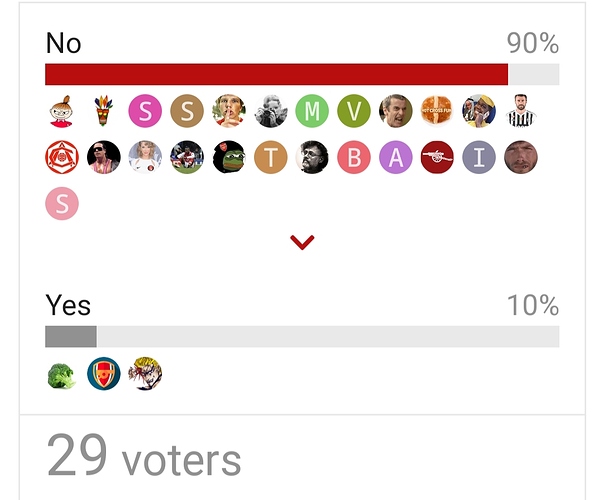Actually, nearly all clubs still do this (Ornstein noted just the other day that staggered payments are the norm in one of his tweets). Unless you’re a club such as City or United where the cash flow makes money no object, there’s good reason for it – it saves you a lot of money. The Guardian explained it a few years ago, using Micki’s transfer to United and Xhaka’s to Arsenal to show why it was costing United a lot more on an annual basis:
In practice, clubs such as United, for whom cash flow is never an issue, often pay the entire transfer fee up front or in a few instalments over a short period of time (less than 12 months). This helps reduce the overall cost of the transfer, and most selling clubs will much prefer to see the entire fee paid quickly, as opposed to several instalments over two or three years.
However, on the books – and this is how clubs actually calculate player costs – United, like every single other football club in Europe’s top eight leagues, will record the transfer fee as £8.75m in each of the next four years, not £35m now.
This is a universal accounting practice called player amortisation, and it is fundamental to how clubs calculate player costs. Rather than recording the entire purchase when it was made, the club will spread the transfer fee over the length of the player’s contract.
Naturally, wages must also be included in the calculation of player costs. Ideally, agent fees and image rights payments will be included as well, but to keep things simple, we’ll focus on the two big expenditures: amortisation and wages.
With Mkhitaryan costing Manchester United £8.75m per year in amortisation and £9.36m in wages (£180,000 per week multiplied by 52 weeks), his overall cost to the club is just over £18.1m per year. That £18.1m per year is what clubs look at with regards to player costs, not just the transfer fees coming in and out.
Let’s compare the Mkhitaryan deal to that of another recent Premier League signing from the Bundesliga: Arsenal’s £30m purchase of Granit Xhaka from Borussia Mönchengladbach. Xhaka signed a five-year deal and will reportedly earn around £125,000 per week at Arsenal. The transfer fee will be spread out over Xhaka’s contract at £6m per year (£30m divided evenly over five years). So including Xhaka’s wages, the overall cost to Arsenal is £12m per year.
While the transfer fees for Mkhitaryan and Xhaka are similar, Mkhitaryan is costing Manchester United 50% more than Xhaka is costing Arsenal on an annual basis.
https://www.theguardian.com/football/the-set-pieces-blog/2016/aug/24/transfer-window-market-myths



